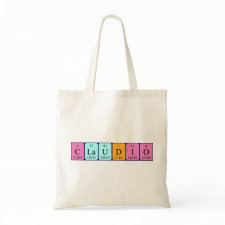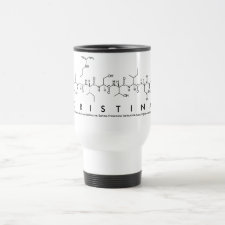
Authors: Baggiani C, Baravalle P, Giovannoli C, Anfossi L, Giraudi G
Article Title: Molecularly imprinted polymers for corticosteroids: Analysis of binding selectivity.
Publication date: 2010
Journal: Biosensors and Bioelectronics
Volume: 26
Issue: (2)
Page numbers: 590-595.
DOI: 10.1016/j.bios.2010.07.023
Alternative URL: http://www.sciencedirect.com/science/article/B6TFC-50J9GVF-3/2/fe0ed5fa9759d89fe285a6ab036e0dd5
Abstract: In this work we prepared a library of cortisol-imprinted polymers via a sequential approach by combining 10 different functional monomers, 7 cross-linkers and 5 porogen solvents. The best combinations of functional monomers, cross-linkers and porogen solvents in terms of cortisol binding were used to prepare three imprinted polymers - polyacrylamide-co-ethylene dimethacrylate (porogen: chloroform), poly-4-vinylpyridine-co-ethylene dimethacrylate (porogen: chloroform) and polyacrylamide-co-ethylene dimethacrylate (porogen: acetonitrile) - whose selectivity towards 10 synthetic corticosteroids and 4 natural steroidal hormones was tested. The experimental results obtained show how different combinations of functional monomers, cross-linkers and porogen solvents produce cortisol-imprinted polymers with very different selectivity patterns, and that a careful optimization of the pre-polymerization mixtures makes it possible to increase the number of target steroids recognized by the resulting imprinted polymer. Moreover, through the use of a Free-Wilson analysis of the binding selectivity, it has been possible to obtain insights on the steroidal structural motifs able to increase or decrease the molecular recognition of corticosteroids by the imprinted polymers
Template and target information: cortisol
Author keywords: molecularly imprinted polymer, corticosteroids, cortisol, molecular recognition, selectivity, Free-Wilson analysis



Join the Society for Molecular Imprinting

New items RSS feed
Sign-up for e-mail updates:
Choose between receiving an occasional newsletter or more frequent e-mail alerts.
Click here to go to the sign-up page.
Is your name elemental or peptidic? Enter your name and find out by clicking either of the buttons below!
Other products you may like:
 MIPdatabase
MIPdatabase









